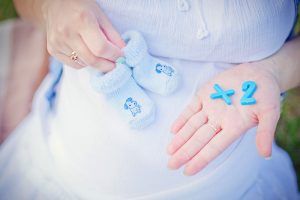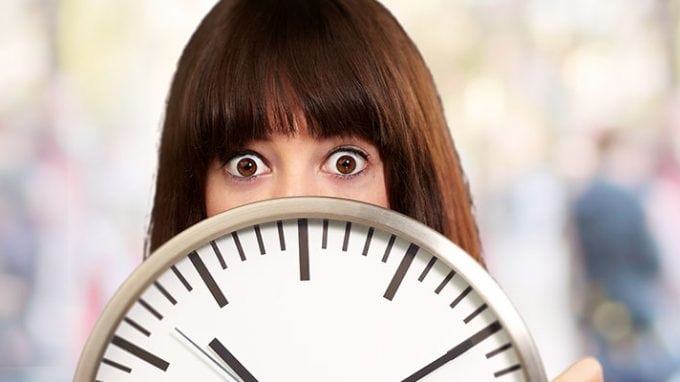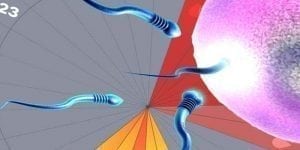Conceiving a child is a beautiful phenomenon, and for some women, the idea of twins means double the excitement. It’s no secret that trying to conceive twins can be a tricky process. As we age, our bodies change and trying to have a baby can become even more difficult. Tracking dates and recording physical symptoms are critical in pinpointing ovulation dates, but what else plays a part when trying to conceive?
Of course, we all know that advances in technology with fertility drugs increase the probability of multiple births. Before signing up for treatments, take the time to understand how the process works, the additional risks involved with treatments and twin pregnancies and whether this is the best route for you.
If you are over the age of 30 and trying to naturally conceive, you may be interested and surprised to know that the possible irregular ovulation patterns you experience may increase the chance of conceiving twins.
How is Irregular Ovulation and Twin Conception Connected?

The study found that women in their 30’s and beyond had a higher amount of follicle stimulating hormone (FSH) in their system than women in their 20’s. In fact, the hormones were the most concentrated in women aged 35 and older. Even though FSH decreases the chances of conception overall, the hormone increases the possibility of multiple eggs during one menstrual cycle. This concludes that natural conception for multiple births may be more likely.
What Are the Odds?
When a woman is over the age of 30, calculating the best date and time for conception is complicated. The changes in hormones affect predictability. The Centers for Disease Control and Prevention (CDC) analyzed the birth rates from 1980-2009. During this time in the United States, the twin birth rate for mothers over the age of 35 nearly doubled.
Contributing factors like in vitro fertilization (IVF), weight and hormone variations were considered in the findings of the study. It was also confirmed that women with a body mass index (BMI) of 30 and over were 1.5 times more likely to fertilize two eggs at once than women within the healthy 20 to 25 range.
Increase Your Chance of Conception
There are multiple health risks associated with conceiving a child in your 30’s and 40’s so you must take care of yourself. To boost your odds of conceiving, eat a healthy balanced diet and exercise regularly. When you do conceive, you want your body to be a healthy home for your baby to grow and develop. Foods that contain high doses of zinc help produce sperm so be sure to get your partner involved! Oyster date night anyone?
If conception does not happen immediately, don’t panic. Take time for yourself and track changes to your physical body to try and interpret what is going on. Enjoy the process and know that if you are in your 30’s or 40’s, whether the odds of twin conception lean in your favor when the time comes or not, the baby-making process should be an enjoyable experience.




